Bordeaux 2023: Vintage Report
Pre-Tasting Report: Bordeaux 2023 En Primeur
The team have been out in Bordeaux this week, comprehensively tasting the wines across the region. In terms of the quality of the vintage and what they find, a full report will shortly follow. For now, below is a brief summary of the vintage conditions during the growing season and how this has shaped the wines and the yields (size of the crop).
On paper, the vintage can be characterised as a warm vintage with average rainfall. After two vintages which together saw multiple climatic challenges, a cool and wet 2021 followed by a hot and dry 2022, 2023 provided some respite in terms of the weather conditions, but still kept vignerons on their toes. Attentiveness, reactivity and technical skills in the vineyard have all influenced the quality and as in the most recent vintages, advancements in viticulture have meant that vintage quality is much higher than what would have been possible over a decade ago.

Growing Conditions
Budbreak was early, in late March and although there was some frost in April which caused some small losses, this was not as significant compared to previous years. Flowering and fruit set went very well, with high potential yields established early, yet with a wet and warm spring the threat of mildew was rife, and vignerons needed to be alert in the vineyard. June saw the greatest mildew pressure for many producers, particularly those who employ organic or biodynamic viticulture.
With all the spring rain the water table was pretty saturated and further rainfall in late June saw the berries swell in size, along with an absence of hydric stress.
Those who are currently transitioning to organic and biodynamic viticulture struggled more with the mildew pressure as they were limited in the treatment they could deploy, and some had significant loss across susceptible plots. Decisions in the vineyard were key. Did you leaf strip to counter the mildew pressure, or not? Would there be heat spikes later on where without the leaf protection, berries could get sunburnt? However, many estates managed to avoid mildew – or were hardly impacted at all due to their location.
Following the mildew pressure, the second half of the growing season was relatively warm and dry, without the large heat spikes that we saw in 2022. July brought warm and dry weather with less rain than average which helped to move forward the ripening and concentration of fruit.
The first 10 days of August was cooler than average, however towards the end of the month temperatures headed up, in perfect time for the dry whites to hit perfect ripeness and harvest began for those plots from the third week in August.
Temperatures again climbed in September, but with rains predicted in the middle of the month, the decision to pick before the change in weather, or to hold your nerve was key. Those who waited were met with an ‘Indian Summer’ and conditions staying dry and warm from the middle of September until mid-October which allowed for the gradual ripening of the Cabernets. Those who waited to harvest have been rewarded with wines that display additional richness and complexity.
Due to the climatic pressures throughout the growing season, it is likely that we will see more Cabernet in blends compared to previous vintages, indeed Smith Haut Lafitte have their highest ever percentage of Cabernet in the grand vin due to mildew pressure with the Merlot fruit.

In Summary
This has been a tricky vintage to understand, with so many factors in the climate and vines giving the vignerons plenty of work. Those who had the ability to stay attentive and react to the various pressures in the vineyard have been rewarded. It is vintages like these where the wines will be heterogeneous across the appellations where terroir, climatic exposure and viticultural management will all have a part to play.
Alcohol levels are reported to be between 13-13.5% for the reds, giving freshness, structure and balance to the wines.
If you look at total yields, 2023 is a year where overall the volume is slightly lower for the region than 2022, but crucially, the more prestigious appellations have been much more generous. No more so than St Julien which has seen average yields of over 50 hl/ha, a huge jump from 34.3 in 2022.
The first reports from the team tasting in Bordeaux is that not only is there quantity but there is quality to go with it. This is a classic Bordeaux vintage in as much where the typicity of each appellation is shining in the wines, with juicy fruit, freshness and elegance a hallmark for the vintage in comparison to previous solar years.
A detailed tasting report will follow, but the 2023 campaign is certainly one to keep an eye on. With major châteaux releasing unprecedentedly early, there is also an indication that pricing may be the most compelling sine the 2019 releases, making this a vintage to be very excited about.





